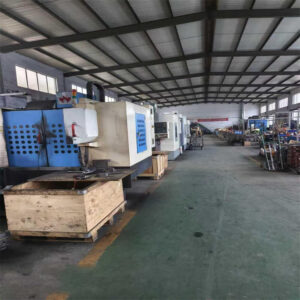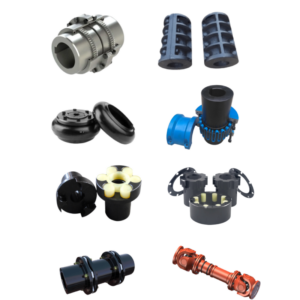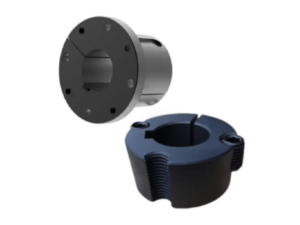Pulleys are fundamental components in mechanical power transmission systems, enabling the efficient transfer of motion and force between rotating shafts. This article explores the design principles, types, applications, and best practices for selecting and maintaining pulleys.
1. Introduction to Pulleys
A pulley is a wheel with a grooved rim designed to guide and tension belts (e.g., V-belts, timing belts) or ropes. By altering the direction of force or creating mechanical advantage, pulleys optimize energy transfer in systems such as engines, conveyors, and HVAC equipment.
2. Key Components of a Pulley
- Hub: The central bore that mounts the pulley to a shaft.
- Rim: The outer grooved section that interfaces with the belt.
- Groove Profile: Matches the belt’s cross-section (e.g., V-shaped for V-belts, trapezoidal for timing belts).
- Material: Common materials include cast iron, steel, aluminum, and engineered plastics.
3. Types of Pulleys
3.1 V-Belt Pulleys
- Design: Feature trapezoidal grooves to accommodate V-belts (e.g., A, B, C sections).
- Applications: Industrial motors, agricultural machinery, and automotive systems.
- Advantages: High friction for power transmission, cost-effective, and shock-absorbing.
3.2 Timing Belt Pulleys
- Design: Precision-machined teeth to mesh with timing belts (e.g., HTD, GT3 profiles).
- Applications: Robotics, CNC machines, and synchronized drives.
- Advantages: Zero slippage, accurate positioning, and high-speed compatibility.
3.3 Flat Belt Pulleys
- Design: Smooth or crowned rims for flat belts.
- Applications: Textile machinery, legacy equipment.
- Advantages: Low noise and minimal belt wear.
3.4 Variable Speed Pulleys
- Design: Adjustable sheaves to change the effective diameter, altering speed ratios.
- Applications: Conveyors, drill presses, and machinery requiring variable output.
4. Critical Parameters for Pulley Selection
- Belt Type and Profile: Match the pulley groove to the belt (e.g., B-section V-belt requires a B-groove pulley).
- Pitch Diameter: Affects speed ratio (Ratio = Driver Pulley Diameter / Driven Pulley Diameter).
- Number of Grooves: Determines power capacity (multi-groove pulleys support higher loads).
- Material and Coating:
- Cast iron/steel: Heavy-duty applications.
- Aluminum: Lightweight and corrosion-resistant.
- Powder coating/anodizing: Enhances durability in harsh environments.
- Shaft Compatibility: Ensure bore size, keyway, and set-screw specifications match the shaft.
5. Applications Across Industries
- Automotive: Crankshaft pulleys drive alternators and water pumps.
- Manufacturing: Conveyor systems rely on pulleys for material handling.
- Renewable Energy: Wind turbines use pulleys in pitch control mechanisms.
- Aerospace: Lightweight aluminum pulleys in flight control systems.
6. Maintenance and Troubleshooting
- Alignment Check: Misalignment causes belt wear and vibration. Use laser tools for precision.
- Belt Tensioning: Over-tensioning increases bearing load; under-tensioning causes slippage.
- Lubrication: Some pulleys require periodic greasing (e.g., bushings in idler pulleys).
- Common Issues:
- Belt Slippage: Clean grooves or replace worn belts.
- Noise: Check for misalignment or damaged bearings.
7. Standards and Compliance
- ANSI/RMA Standards: Define pulley dimensions (e.g., ANSI B29.1 for V-belt pulleys).
- ISO Standards: Ensure global interoperability (e.g., ISO 4183 for belt drives).
8. Future Trends
- Lightweight Composites: Carbon fiber pulleys for high-performance applications.
- Smart Pulleys: Integrated sensors for real-time monitoring of tension and wear.






